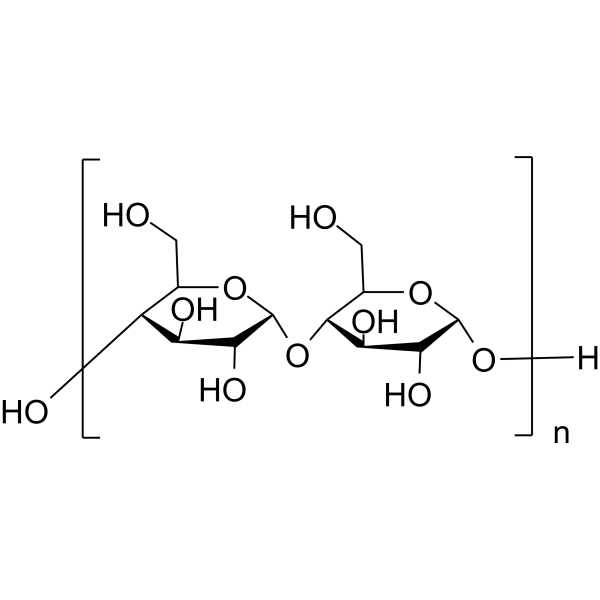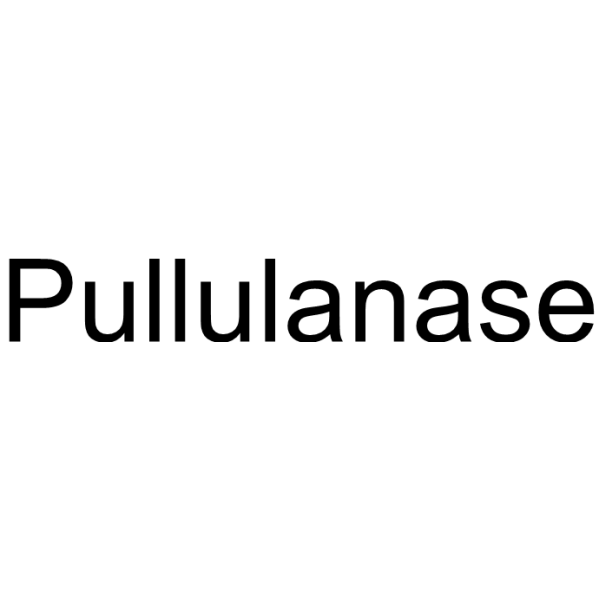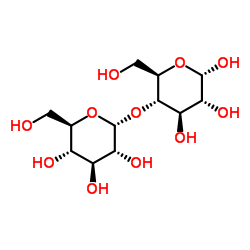| Structure | Name/CAS No. | Articles |
|---|---|---|
 |
Starch
CAS:9005-25-8 |
|
 |
PULLULANASE
CAS:9075-68-7 |
|
 |
Starch soluble
CAS:9005-84-9 |